How to Remove Oil Stains From Clothes Using Simple Pantry Items

By Shelley Berman
Your mouth is watering from the tantalizing aroma of the fish sizzling away in the pan as you cook dinner, but it also splatters oil on your shirt as it sizzles. Or, maybe something goes awry when you're waxing your floors or lubricating a chainsaw, leaving a dark splotch on your clothing.
Luckily, a splash of oil on clothing doesn’t spell doom. While grease and oil don’t come out in a regular wash cycle, there are still numerous tips and tricks to help you remove those oil stains from clothing—it just takes a little more work than other food stains. We’ll cover everything in this guide, so you can save your new shirt in just a few minutes.
Photo via Shutterstock
Why Oil Stains Clothes
Oil cannot be dissolved in water, and therefore it also cannot be removed from fabric merely by washing or rinsing in water.
If an oily substance comes into contact with any type of fabric, it is likely to leave a greasy stain that will appear as a dark patch on the fabric—almost like it’s a water spot, but still feels dry to the touch. Sometimes it'll appear orange, depending on the type of grease that stains it. Some fabrics are more absorbent than others (we will touch on this below) and are therefore more likely to absorb the oil.
How to Remove Fresh Oil Stains
There are a few methods of removing oil stains from clothes using ingredients in your kitchen. As soon as you’ve noticed that the oil has splashed on your clothes, follow these easy steps:
Tools and Materials Needed:
- A few pieces of paper towel
- Warm water
- A clean, soft cloth, or a soft sponge
- Liquid dish soap
Step 1: Take Off the Garment
It may be tempting to try to wipe off the oil quickly while you are still wearing the item, but this may make the problem worse by spreading the oil and causing an even larger stain. It is far easier to treat the stain if you take off the item first so that you can have a full view of the stain and work more precisely.
Step 2: Blot Up the Oil
Using a thick wad of paper towel, gently dab at the stain to try to blot up as much of the oil as possible. Avoid rubbing back and forth on the stain; doing so will only cause it to spread.
Step 3: Apply Dish Soap and Warm Water
Dilute a few drops of liquid dish soap with a little warm water, pour the solution directly onto the stain, and let it sit for 2-3 minutes. Using a clean, soft cloth or sponge, gently work the dish soap into the fabric in a circular motion.
Try Lemon Dish Soap
Dish soap that contains lemon is a particularly good oil stain remover. The acid in the lemons acts as a grease cutter.
Step 4: Rinse in Warm Water
Once you have worked the dish soap into the material, hold the stained fabric under warm running water and rinse thoroughly. Avoid using either very hot or very cold water, which can further set the stain.
Step 5: Wash
Once you’ve made sure that all the dish soap has been rinsed out, wash the garment as normal and according to the washing instructions on the care label.
Step 6: Hang Out to Dry
If possible, avoid putting the garment in the dryer. The heat may bring out any remaining oil residue. It is better to hang it out to dry in the fresh air.
Photo via Shutterstock
How to Remove Dried Oil Stains from Clothes with Baby Powder
Sometimes it’s not possible or practical to treat an oil stain as soon as it happens. You may be out at a friend’s house or having a business meeting with a client over lunch when you accidentally drop a piece of oily food on your lap. Or, you may not even notice the stain until hours after it has happened. By then it will have dried, and you will need more than a few drops of dish soap to remove it.
When trying to remove oil stains from clothes, certain fabrics may be more difficult to treat than others. Cotton and linen are natural fabrics and will be easier to treat than synthetic fabrics like nylon or spandex. When trying to remove oil stains from clothes made of 100-percent cotton, use the methods described below. If you have an oil stain on a synthetic-fabric garment, you will probably have more success if you use concentrated, undiluted dish soap, and rub the stain a little more vigorously.
If you’re in a rush and don’t have time to deal with that pesky oil spill right away, throw a generous sprinkling of baby powder on the stain. Leave it for a few minutes, and then gently dust it off. It will absorb a good deal of the oil, and you can tackle the stain properly later using the methods below.
If you follow this step-by-step guide for how to remove set-in oil stains from clothes, you can probably save the garment from complete ruin.
Tools and Materials Needed:
- A clean sponge
- Warm water
- Baking soda
- Liquid dish soap
- A soft toothbrush
Step 1: Wet the Stain
Using a clean sponge, gently dab some warm water on the stain. Do not rub it.
Step 2: Make and Apply Paste
Baking soda is a natural chemical that contains powerful cleaning agents. It also happens to be one of the best oil stain removers for clothes because it does not contain harsh ingredients that will damage fabric.
Mix warm water and baking soda until a loose, spreadable paste is formed. Apply paste to the oil stain and use a soft toothbrush to gently work the paste into the stain. Avoid any harsh rubbing.
Step 3: Let Sit
By letting it sit for 5-10 minutes you will give the baking soda time to work its special magic on the stain. It will absorb the oil and lift the stain in the process.
Step 4: Rinse
Rinse the baking soda off the garment under clean, warm water.
Step 5: Add Dish Soap and Water
At this point, you can follow steps 3-6 in the above method for “How to Remove Fresh Oil Stains.”
Sub Vinegar for Water
If a stain seems to be set in and you are struggling to remove it, try following the above steps, but use vinegar instead of water to make the paste with baking soda. The acid in the vinegar should help lift the stain.
How to Remove Dried Oil Stains From Clothes with Heat
If an item of clothing has already been washed and dried and you then notice a previously undetected oil stain, don’t despair! The garment can still be salvaged. We have a special method that can make work on stubborn or old oil stains. This method can also be tried on oil stains that were treated immediately but unsuccessfully.
Tools and Materials Needed:
- Two old, clean towels
- An electric iron
- An ironing board
- A clean brown paper bag, or a sheet of clean brown paper
Step 1: Prep Ironing Board
Cover the ironing board with a clean towel and place the garment on top of the towel. If the garment cannot be opened up into a single layer, place the towel between the layers of fabric.
Step 2: Cover Stain with Brown Paper
Position a clean, unused brown paper bag over the entire stain. Do not use a bag that has previously contained food, as it may have oils or odors that can be transferred to the fabric.
Step 3: Cover with Another Towel
Take your second clean towel and lay it over the paper bag.
Step 4: Heat Iron
Plug in your iron, turn it on, and let it heat up. The temperature of the iron should be about halfway between the coolest and hottest settings.
Step 5: Lightly Iron
Press the hot side of the iron down onto the top towel, moving it back and forth over where the stain is underneath the towel and paper bag. The heat from the iron will penetrate through the towel to the paper and the fabric underneath it. As the heat filters through to the stain, the previously dried oil will melt and the brown paper will absorb it, lifting the stain out of the fabric.
Photo via Shutterstock
How to Remove Makeup Oil Stains From Clothes
Those annoying oil blotches don’t always come from food. There are many other oil-based products that can come into contact with our clothes and leave unsightly stains
Many makeup and cosmetic products are oil-based. Sadly, too many of us are familiar with that awful feeling when we drop a blob of foundation on our dress. Luckily, this is not necessarily the end of your dress.
According to Glamour, the best way to remove makeup stains from clothes is with a makeup wipe. Makeup wipes are designed to remove makeup, so it stands to reason that they would work on removing makeup from your clothes as well as from your face.
As soon as the makeup falls on your dress, carefully blot it up and dab at it with a makeup wipe. Repeat a few times, each time using a clean wipe, until the stain is lifted
Of course, prevention is better than cure, so always keep an old towel placed over your lap to protect your clothes when applying your makeup.
How to Remove Oil-Based Paint Stains From Clothes
If you are a DIY enthusiast, there’s a strong possibility that you’ve splashed paint on an item of clothing. And if that paint was an oil-based one, not only getting the paint out is tricky, but so is the oil that the paint leaves behind. Luckily, we have you covered with a comprehensive guide on removing paint stains of all types, including oil-based paints.
Obviously, the best way to prevent getting paint on your clothes when tackling those DIY projects is to wear a protective smock or overalls. It also comes down to using the right-sized paintbrush and holding your paintbrush correctly. You want to hold your paintbrush like a pencil for precise strokes and securely grip it around your palm with your thumb facing outward for more extended strokes. If you’re holding the brush at the right angle, you will be less likely to drip paint on your clothes.
Mistakes to Avoid When Removing Oil Stains From Clothes
Tread lightly—certain actions can permanently set that oil stain. When trying to treat your clothing of oil stains, do not:
- Immediately throw in the washing machine when you spot a stain
- Pour boiling water on the stain
- Use harsh chemicals like acetone or thinners unless you’ve done research on the type of fabric you’re working on. These chemicals are more likely to damage the fabric than help it.
Tips and Hacks for Difficult Cases
If none of the above DIY methods worked, try a grease-oriented spot treatment like Carbona Stain Devils Spot Remover. This formula is meant for super-tough grease stains caused by substances like motor oil.
Do you have any tips for getting oil stains out of clothes? Comment your advice below, we’d love to hear from you!



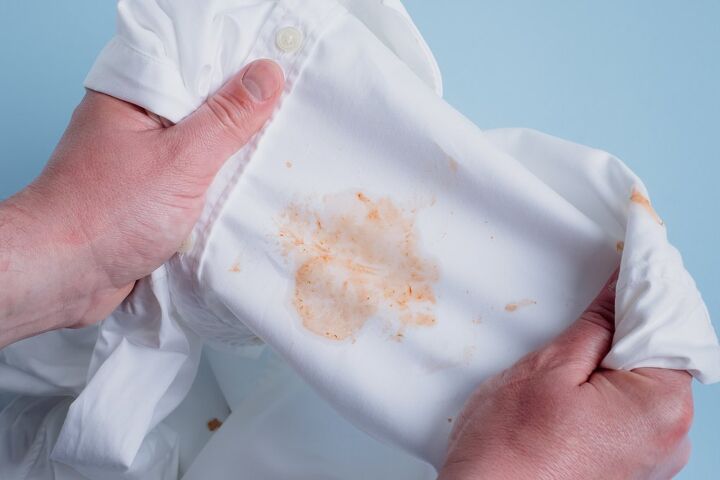


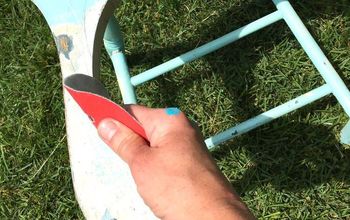
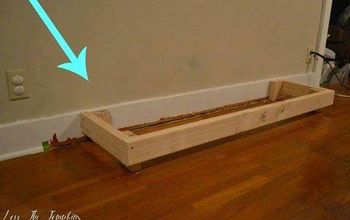
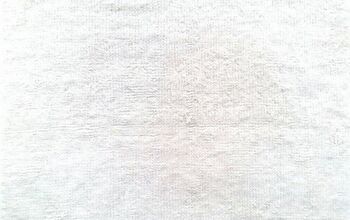
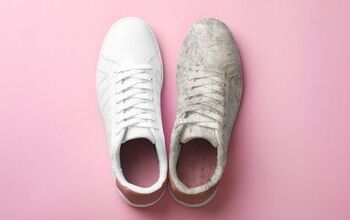
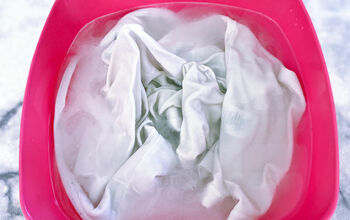
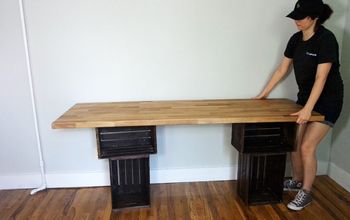


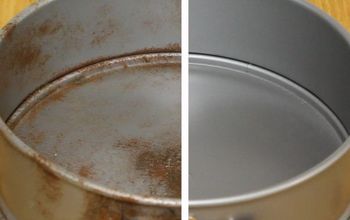
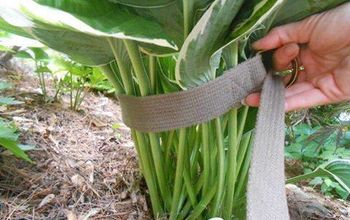
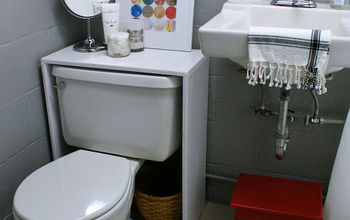
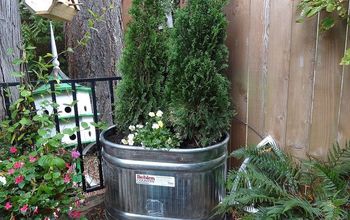


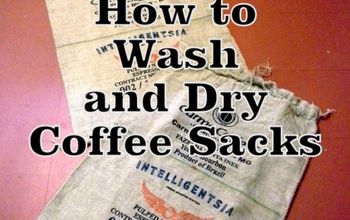
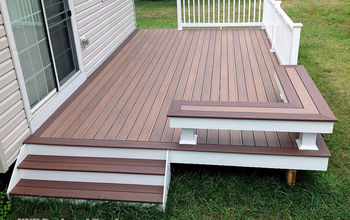



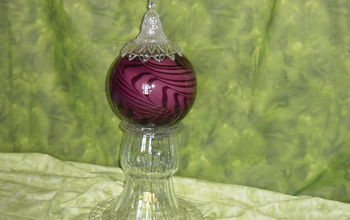
Frequently asked questions
Have a question about this project?